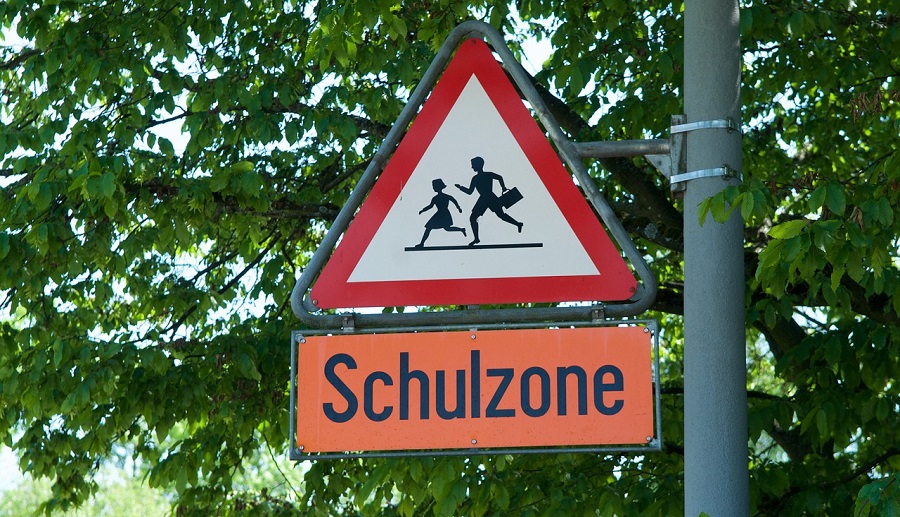
As a new driver, navigating through school zones can be both challenging and nerve-wracking. School zones require special attention and care due to the presence of children and increased traffic during peak hours. In this guide, we will provide you with essential tips to ensure smooth and safe driving in school zones, helping you become a responsible and confident driver.
Understanding School Zones
School zones are designated areas surrounding educational institutions where speed limits are significantly reduced during specific hours to protect the safety of children. These zones typically have prominent signs indicating the reduced speed limit and the hours of enforcement.
Importance of Caution
The safety of young pedestrians is paramount. Children might not always be aware of road rules or potential dangers, making it crucial for drivers to exercise extra caution.
Mastering School Zone Etiquette
Adhering to Speed Limits
One of the most critical aspects of driving in school zones is adhering to the reduced speed limits. Typically, the speed limit is lowered to 20 mph or lower during school hours. This slower pace allows you to react swiftly to unexpected situations.
Stopping for School Buses
When a school bus stops and extends its stop sign, you must stop as well, regardless of your direction. This rule ensures the safety of children entering or exiting the bus.
Yielding to Pedestrians
Always yield the right-of-way to pedestrians in crosswalks or near school entrances. Children might not always wait for a signal, so remain vigilant and patient.
Navigating School Zone Traffic
Plan Ahead
Leave a few minutes early to account for potential delays caused by school zone traffic. This will help you avoid rushing and maintain a calm demeanor while driving.
Maintain a Safe Following Distance
Keep a safe following distance from the vehicle ahead of you. This provides you with ample time to stop suddenly if needed, preventing accidents.
Avoid Distractions
Distractions can lead to dangerous situations. Put away your phone and avoid multitasking while driving in a school zone.
Handling School Zone Crossings
Watch for Crossing Guards
Crossing guards are there to assist children in safely crossing the road. Obey their signals and instructions without hesitation.
Use Indicators
Signal your intentions early to allow other drivers and pedestrians to anticipate your movements. This prevents confusion and potential accidents.
Weather Considerations
Adjusting for Weather Conditions
During adverse weather conditions, such as rain or fog, reduce your speed even further. These conditions can impair visibility and traction.
Conclusion
Driving in school zones requires vigilance, patience, and empathy. By adhering to reduced speed limits, yielding to pedestrians, and staying attentive, you contribute to the safety of children and create a positive driving experience for everyone. Remember, a responsible driver plays a vital role in maintaining road safety.
FAQs:
School zones are important for new drivers because they contain reduced speed limits and heightened caution requirements, helping new drivers practice safe driving habits and protect young pedestrians.
To avoid distractions, focus solely on the road. Put away your phone, avoid eating or grooming, and stay engaged with your surroundings.
If a crossing guard signals you to stop, do so promptly and follow their instructions. Their primary concern is the safety of pedestrians.
Maintaining a safe following distance gives you more time to react if the vehicle ahead suddenly stops. This prevents rear-end collisions and keeps everyone safe.
Using indicators early informs other drivers and pedestrians about your intended actions. This reduces confusion and enhances overall safety in school zones.


Leave a Comment